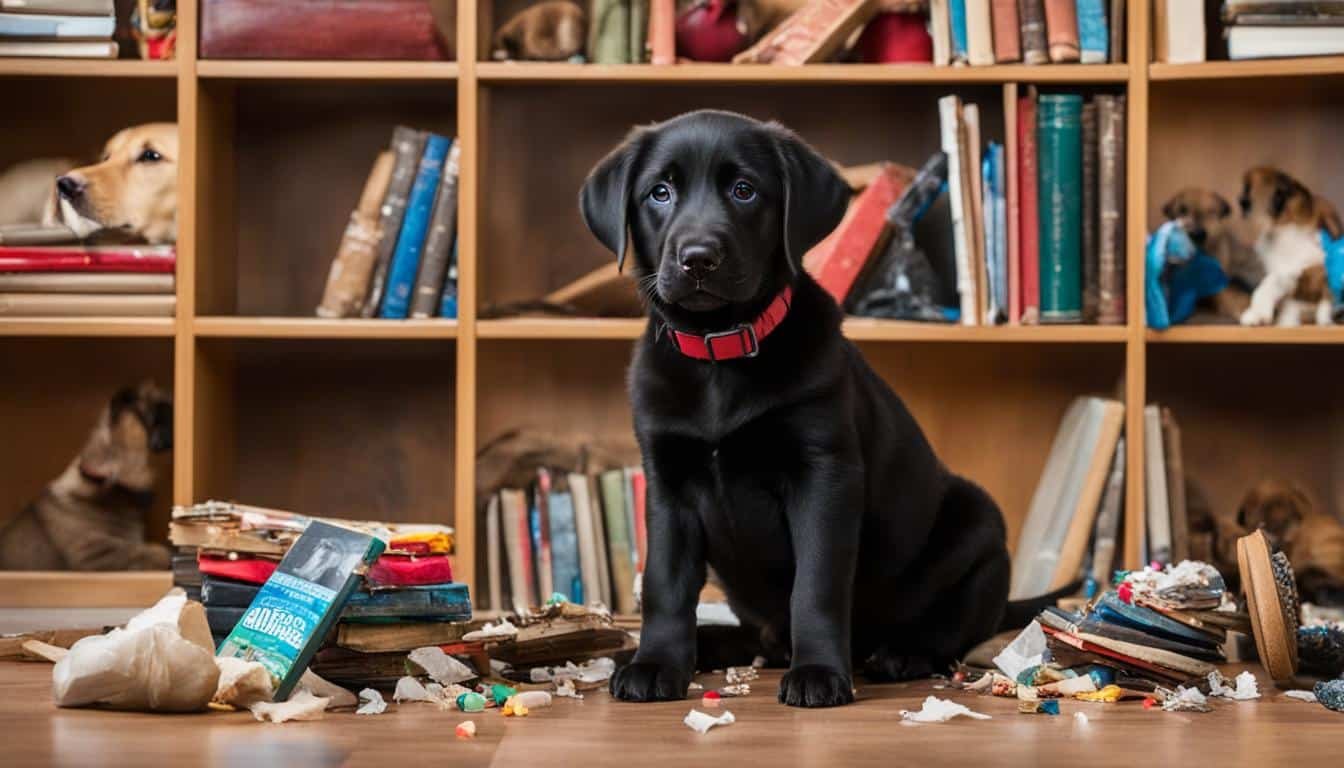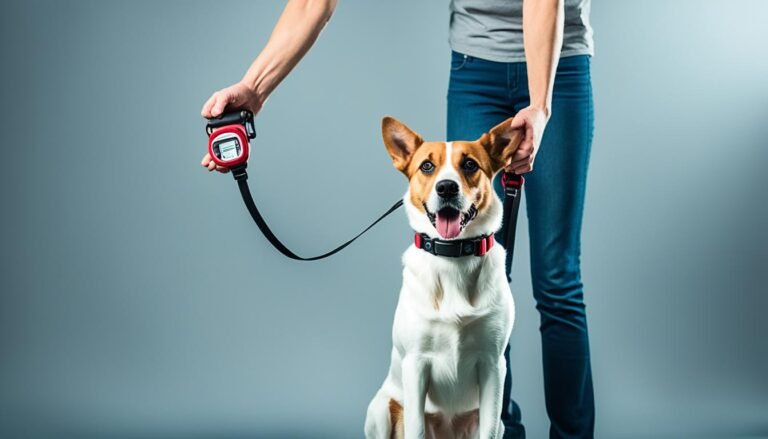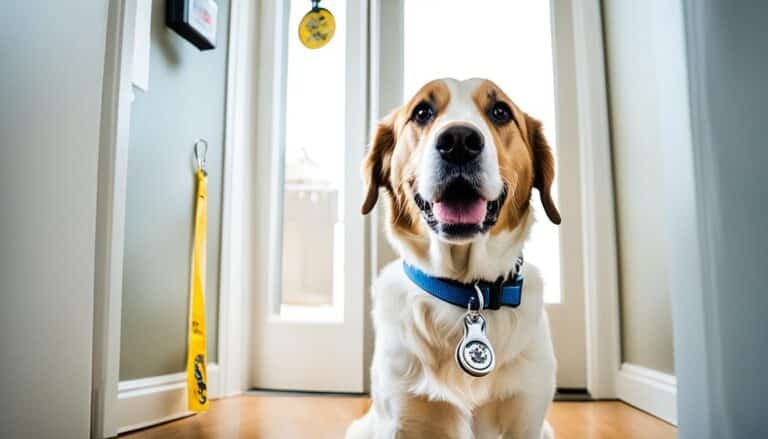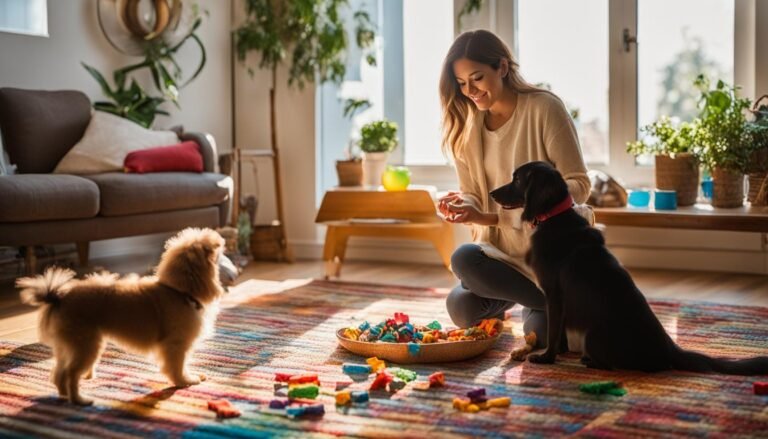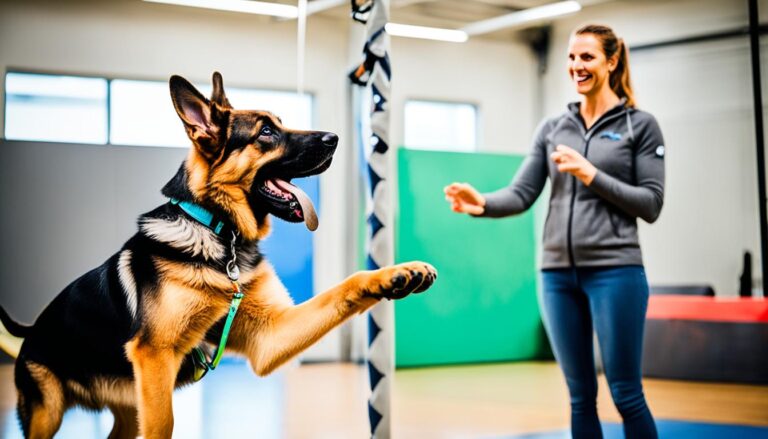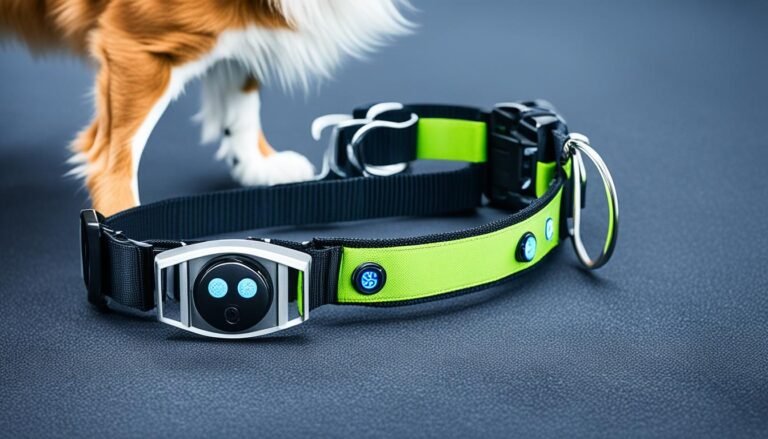How to Train a Dog to Stop Chewing on Things
Do you ever come home to find your favorite pair of shoes destroyed or your furniture chewed up? It can be frustrating and costly dealing with a dog who has a chewing habit. But don’t worry, there are effective training techniques you can use to address this behavior and save your belongings from further destruction.
Meet Max, a mischievous Labrador Retriever who loved to chew on anything he could get his paws on. From shoes to remote controls, he seemed to have an insatiable appetite for destruction. His owner, Sarah, was at her wit’s end trying to figure out how to stop Max’s chewing habit.
After researching dog behavior training, Sarah learned that prevention and redirection were key to curbing Max’s chewing behavior. She began by taking responsibility for keeping valuable items out of Max’s reach. Sarah made sure to store her shoes in closed closets and secure household items that might be tempting for Max to chew on.
But that was only the first step. Sarah also realized the importance of providing Max with appropriate chew toys. She invested in durable, interactive toys that were specifically designed for strong chewers like Max. By offering him these toys and praising him when he played with them, Sarah was able to teach Max what he could and couldn’t chew on.
Supervision was another essential aspect of training Max. Sarah made sure to keep an eye on him, especially during the initial stages of training. Whenever she caught Max chewing on something he shouldn’t, she used a firm “no” command and immediately redirected his attention to one of his chew toys. By consistently reinforcing this behavior, Max slowly started to understand what was acceptable to chew on.
As Sarah continued her training efforts, she discovered that providing Max with plenty of physical and mental exercise was crucial. She took him for daily walks, played interactive games, and even enrolled him in a doggy daycare to burn off his excess energy. The more tired and mentally stimulated Max was, the less likely he was to resort to destructive chewing.
With time, patience, and some trial and error, Sarah successfully trained Max to stop chewing on things he shouldn’t. By setting realistic expectations, using positive reinforcement, and providing him with the right toys and exercise, she was able to break his chewing habit for good.
In the following sections, we will delve deeper into the techniques and tips for preventing and redirecting chewing behavior, as well as the role of exercise and mental stimulation in training your dog. So, if you’re ready to bid farewell to the chewed-up shoes and hello to a well-behaved pup, let’s get started!
Preventing Chewing Behavior
Prevention is key when it comes to stopping your dog from chewing on inappropriate items. By implementing a few simple strategies, you can minimize the opportunity for mistakes and help your dog develop good chewing habits.
- Keep valuable objects out of your dog’s reach to prevent them from becoming enticing targets.
- Secure your trash cans and block off areas where your dog may be tempted to explore.
- Provide your dog with toys that are distinguishable from household items to prevent confusion.
- Make sure to incorporate toy playtime into your dog’s daily routine to satisfy their natural chewing instincts.
- Consider using taste deterrents on furniture and other items that you don’t want your dog to chew on.
- Avoid chasing your dog if they have grabbed an object, as it might turn into a game for them which encourages the behavior.
Setting realistic expectations is important, as it takes time for dogs to learn what is appropriate to chew on. Give your dog the opportunity to understand the difference between acceptable and unacceptable items.
Remember, consistency is key when preventing chewing behavior. By following these simple strategies, you can help your dog develop good habits and protect your belongings from being destroyed.
Redirecting Chewing Behavior
When your dog is caught chewing on something they shouldn’t, it’s important to redirect their behavior to an appropriate chew toy. This helps them understand what they can chew on and teaches them good habits.
One effective technique is to trade the object they have in their mouth for a toy that is acceptable. For example, if they have your shoe in their mouth, gently take it from them and replace it with a chew toy. This redirects their attention and teaches them that chewing on the toy is acceptable.
For puppies who are teething, providing frozen rubber toys can be helpful. The cold temperature soothes their gums and provides relief from the discomfort of teething. However, it’s important to supervise your puppy during this time to ensure they don’t chew and swallow any small pieces.
Offering a variety of chew toys and rotating them regularly can help keep your dog engaged. Dogs can get bored with the same toys, so introducing new ones periodically can keep them interested and less likely to look for other things to chew on.
Another technique is to use chew toys filled with food or treats. This provides mental stimulation for your dog as they work to get the food or treats out of the toy. It also keeps them occupied and less likely to seek out inappropriate items to chew on.

Remember, redirecting chewing behavior requires consistency and patience. It’s important to reinforce positive behavior by rewarding your dog when they make the right choices. With time and practice, you can help manage or reduce your dog’s destructive chewing habits.
The Role of Exercise and Stimulation
When it comes to preventing destructive chewing behavior in dogs, providing plenty of exercise and mental stimulation is essential. Boredom is often a major contributor to a dog’s desire to chew on things. By ensuring that your dog receives adequate physical and mental activity, you can significantly reduce the likelihood of them resorting to destructive chewing as a form of entertainment.
While daily walks and outdoor time are important for your dog’s overall well-being, they may crave more than just a brisk walk. Dogs have an incredible sense of smell and by allowing them to sniff and explore their surroundings, you can provide them with a more enriching experience. Consider taking your dog to new environments or changing up your walking routes to keep things interesting for them.
If you have a high-energy dog that requires extra stimulation, enrolling them in a well-run doggy daycare can be a fantastic option. These facilities provide a safe and controlled environment where your dog can socialize, play, and burn off excess energy under supervision.
Mental stimulation is just as important as physical exercise when it comes to preventing destructive chewing. Providing your dog with puzzle toys and engaging them in training sessions can keep their minds occupied and prevent boredom. These activities not only distract them from chewing on inappropriate items but also promote mental sharpness and cognitive development.
Training Tips for Chewing Dogs:
- Engage your dog in regular physical exercise such as daily walks or play sessions to tire them out.
- Provide mental stimulation through puzzle toys, treat-dispensing toys, or interactive training activities.
- Consider enrolling your dog in a reputable doggy daycare for additional exercise and socialization opportunities.
- Rotate your dog’s toys regularly to keep their interest and prevent boredom.
- Supervise your dog when they are playing with chew toys to ensure they don’t ingest any small pieces.
By prioritizing both physical exercise and mental stimulation, you can effectively reduce the likelihood of destructive chewing behavior in your dog while promoting their overall well-being.

Training Techniques and Tips
To stop your dog from chewing on things, consistent training techniques and positive reinforcement are key. Punishment is not effective and can lead to negative behavior. Instead, focus on teaching your dog what they can chew on and reward them for making the right choices.
One helpful technique is to use a command like “give” to help your dog release an object in exchange for a treat. This teaches them that relinquishing an item is beneficial for them. Remember to be patient and have realistic expectations, as your dog may still make mistakes during the training process.
In addition to training, providing plenty of exercise, supervision, and appropriate chew toys is essential. Regular physical activity helps redirect your dog’s energy and prevents boredom, which can often lead to chewing behavior. By ensuring your dog gets enough mental and physical stimulation, you can set them up for success in breaking their chewing habits.
